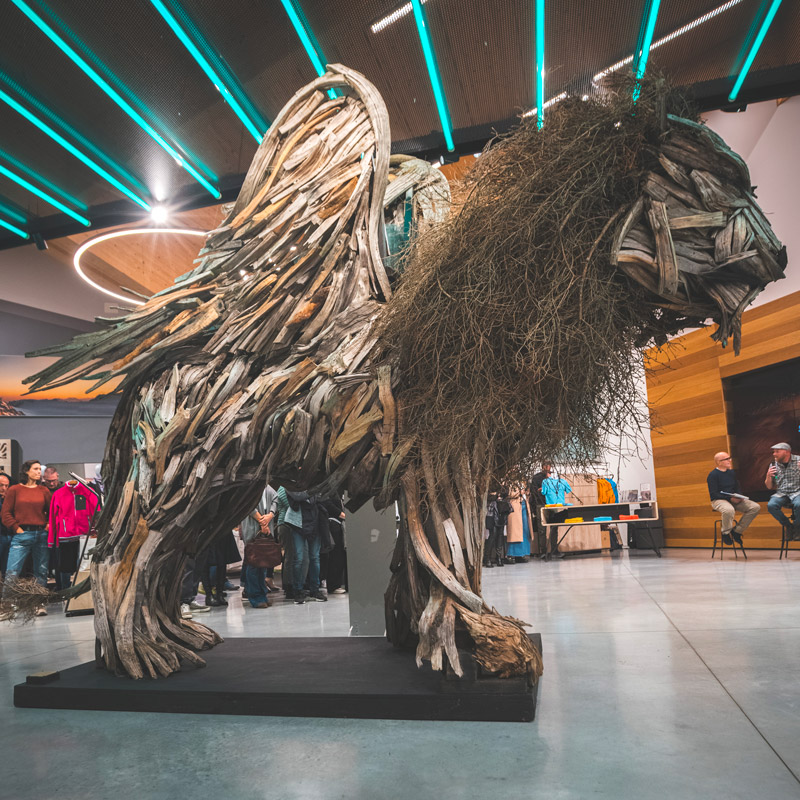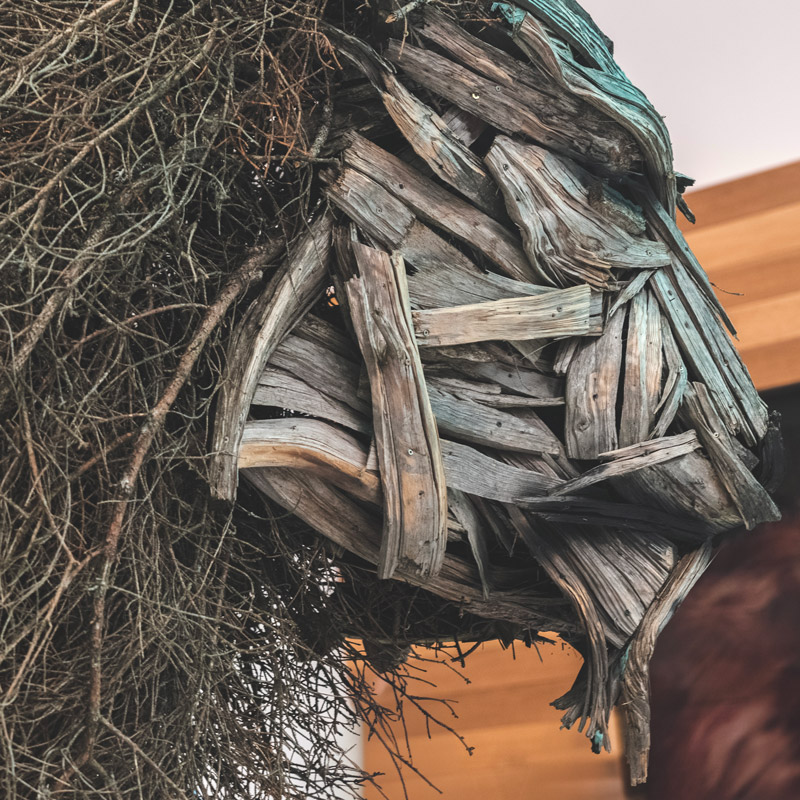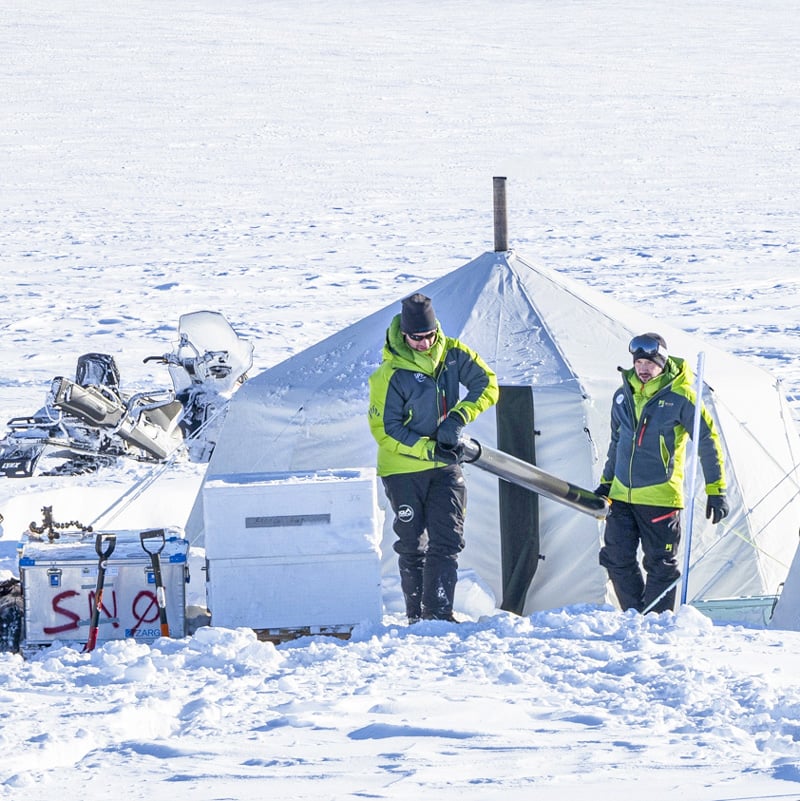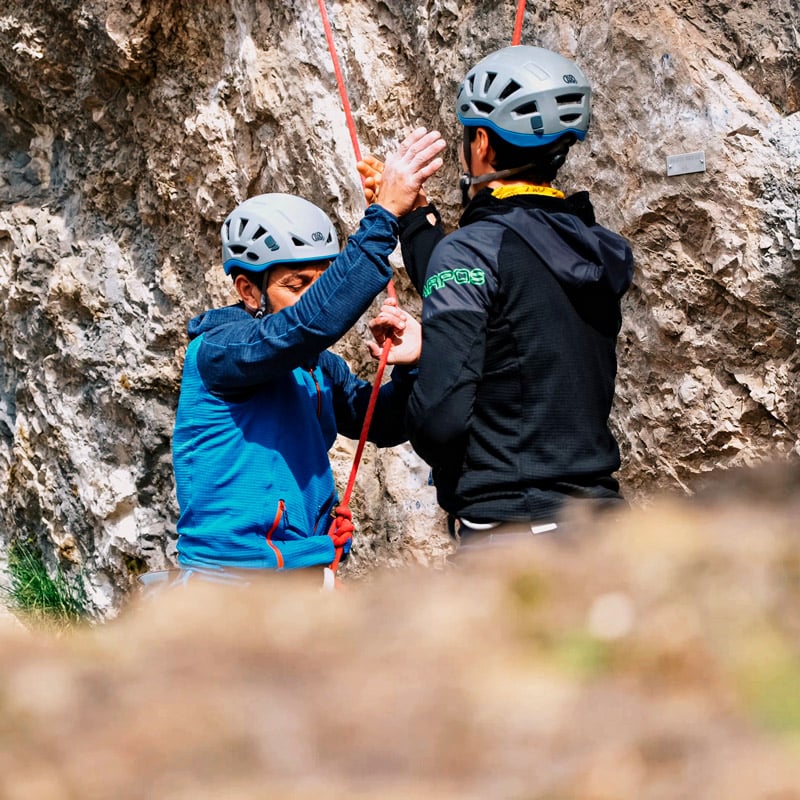
THE ORIGIN
October 29, 2018, is a date that left an indelible mark on the outdoor community of the Dolomites. On that “black Monday,” the peak of the storm Vaia struck the spruce forests in Veneto and Trentino with hurricane-force winds of up to 200 kilometers per hour, after several days of heavy rain had compromised the stability of the forest root system.
More than 14 million trees were uprooted and tossed on the ground like sticks, over a total area of 42,500 hectares.
The impact of one of the most devastating disasters in recent decades on the timber industry, forest agriculture, and tourism has been incalculable.
THE SPARK
The natural disaster caused by Vaia also had a profound impact on the residents of the affected areas. Many of them chose to focus on what remained of the fallen spruce and beech forests, making it their businesses’ mission to create value from the wood.
This is what happened to the sculptor Marco Martello “Martalar” (“resident of the stony valley,” in the local Cimbrian language), who decided to change the direction of his work after Vaia. Walking among the ruins of the woods around his home, the artist often noticed the curiosity with which his dog sniffed those now-dry remains. Somehow, those dead pieces of wood still stimulated his senses, as if their role in the natural environment was not completely finished. This was a recurring scene on long walks during the pandemic, and it was from this spark that Marco Martalar developed a new way of making art.
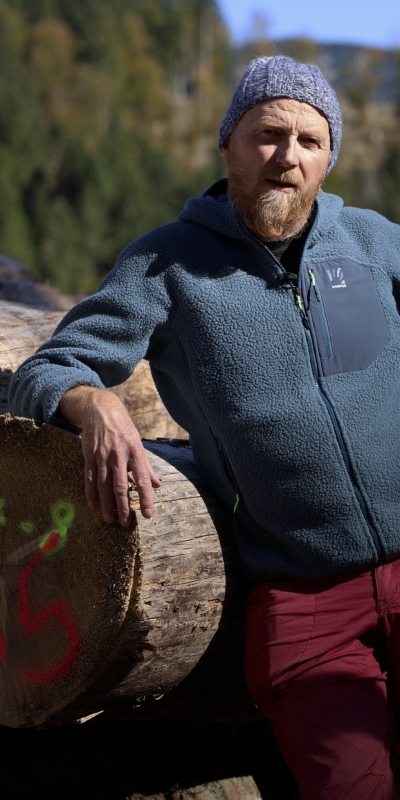
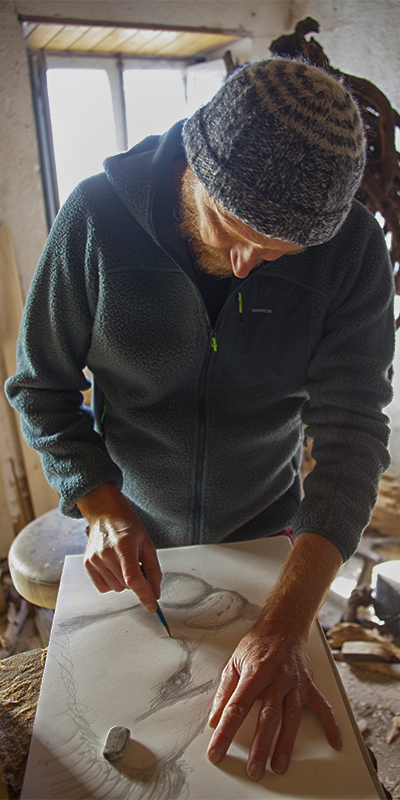

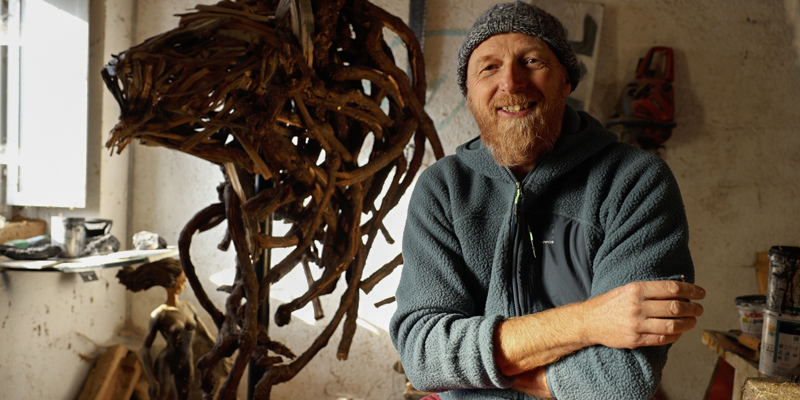
The change first took place on a personal level, with the decision to move to his grandparents’ house on the Asiago plateau and become part of the environment he had only occasionally experienced until then. And then the wood. A compact material, yet versatile when multiple pieces are joined together. It also reflected a return to our animal nature. “We need to get our hands dirty again, encounter animals up close, and reclaim the primordial aspect of ourselves that we find only in the mountains,” he explains. This was the beginning of a series of works inspired by woodland animals rather than fantasy, created by combining forest debris, scraps, and broken roots. The creative process begins with a sketch, but it is the uniqueness of all the individual collected pieces (which are not painted) that gives shape to the work, like a mosaic. Thus, a curved root transforms into a wing, while the thinnest branches become a mane.
THE WINGED LION
Among the latest sculptures by the artist from the province of Vicenza is the winged lion, the symbol of a region able to rise again after Vaia. Created in 2020, it represents the relationship between Venice and the Dolomites. For centuries, the mountains contributed to the city’s expansion by providing forest products — a historic pact of brotherhood between the city and the mountains that continues today in this tribute to the grandeur, strength, and beauty of the forests.
The winged lion is the star of a temporary installation that will allow outdoor enthusiasts to visit the sculpture at the MVC store in Seren del Grappa (province of Belluno) until the end of 2026. The head of the legendary animal is symbolically turned toward the most affected areas in the Dolomite region, as a warning to not abandon companions who have fallen behind on the trail.
